Microsoft encourages Windows users to upgrade their experience to the latest version of the OS – Windows 11/10. However, the process isn’t always smooth and may face hurdles, not anticipated by the customer. This can be noticed especially when Standard Desktop Client has Multiple Language Packs installed. Fortunately, Microsoft offers an Upgrade Task Sequence, a built-in System Center Configuration Manager as a solution for this problem. It offers all in place Upgrade options if the OS UI Language matches the Windows Setup Media Language used. This method does not harm users’ files in any way and leaves them all intact.
Add Multiple Languages to Corporate Standard Desktop Client
Having said that, if you add language packs using DISM, the licensing requirements for how many language packs can run on the Windows edition will not be verified. As a result, multiple language packs that are not offered by the provider will be removed from the computer after a period. It is, therefore, necessary to find which Language Packs are currently installed on the device running the Upgrade Task.
This can be verified easily via the following command line
dism.exe /Online /Get-Intl
You can see in the image above that the system is running Windows 7 with English and German Language Packs installed.
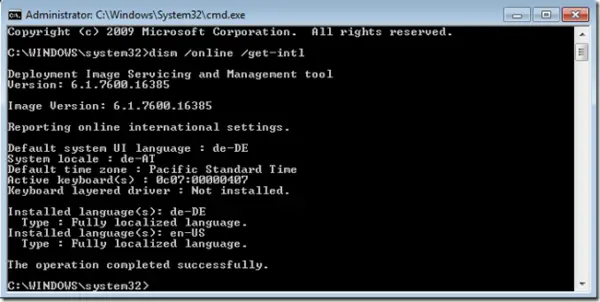
The default OS Language is set to German (de-DE). Knowing this is beneficial as Windows Setup will only provide all in-place Upgrade options if the OS UI Language matches the Windows Setup Media Language used. Selecting English (en-US) which is different from the default German language on the sample device, will provide us with the following screen.
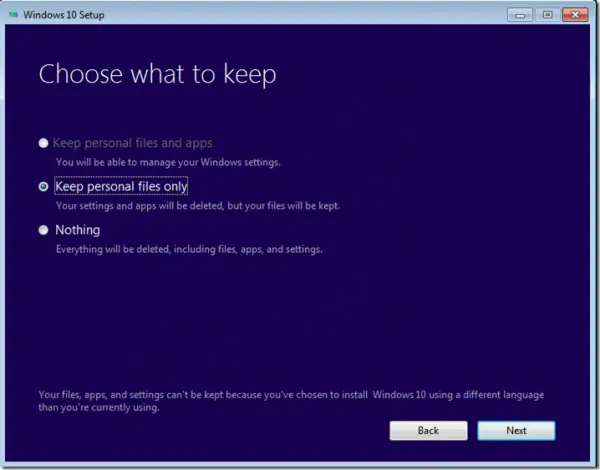
This can be solved by employing the following method:
Boot from Windows 11/10 Setup Media
When you see the first screen, press and hold SHIFT + F10 key to open a command prompt and run the following command prompt,
run dism.exe /image:d:\ /set-uilang:en-us
against your Windows Installation (Drive where your Windows 7 is installed)
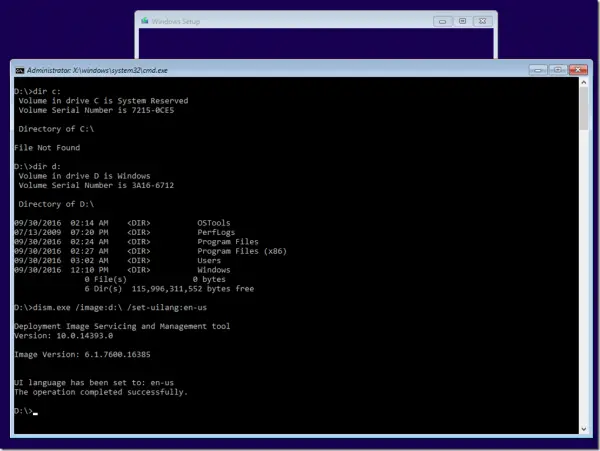
Restart your Device.
As seen in the image below, we can find that default system UI language has now been set to English (en-US).
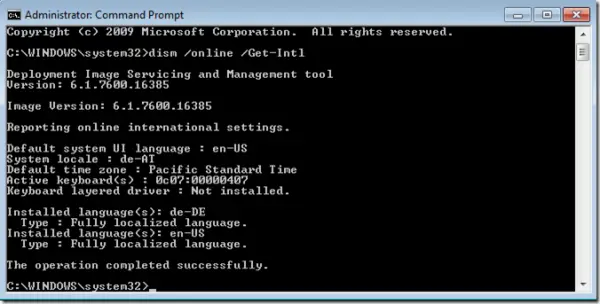
Running Windows Setup again on the same device will let you keep personal files and settings in original form.
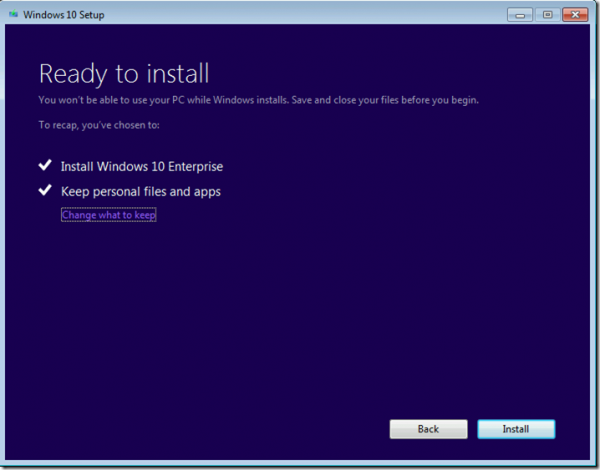
This MSDN page features all the command-line options listed for Windows Setup. Beginning with Windows 10, version 1607, you can use a setupconfig file as an alternative to passing parameters to Windows Setup on a command line.
As an alternative to the above method, you can use an automated solution – it requires 2 PowerShell Scripts plus some Condition based Task Sequence Steps to get work done.
You can read more about this on Technet.
How do I add a language pack to my Task Sequence?
To add a language pack to the Task Sequence, you need to download the language pack first. Then, you can modify the Task Sequence to include the language pack or the .cab file. Following that, you can run the Task Sequence containing the language pack. The process is the same whether you want to add the language pack in Windows 11 or Windows 10.
How do I add multiple languages to Windows 11/10?
To add multiple languages to Windows 11 or Windows 10, you can follow this guide. For your information, you need to use the Windows Settings panel. For that, go to Time & language > Language & region. After that, click on the Add a language option. Next, you need to choose the language you want to install.